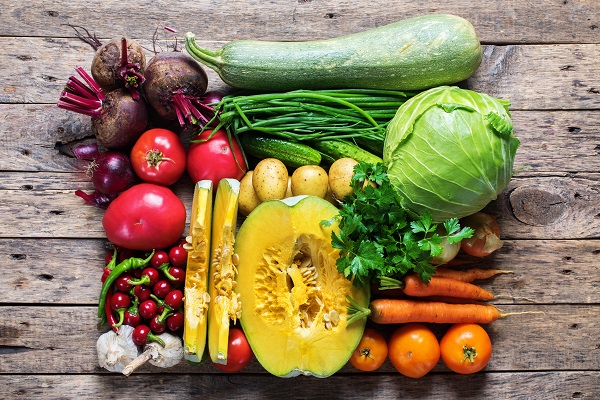When it comes to preserving fresh produce, you have options. You can freeze it, dehydrate it, or can it. What preservation method you choose will depend on a variety of different factors.
Start by figuring out what your options are. Green beans for example freeze and can well, but don’t particularly lend themselves to dehydrating. Bananas on the other freeze and dehydrate well, but you don’t really can them.
Apples dehydrate well, but have to be processed into apple sauce or pie filling before you can or freeze them. Berries are delicious frozen, dehydrated, or turned into jam and frozen.
Spend a little time doing your research if you’re not familiar with the preservation methods that lend themselves to a particular fruit or vegetable.
Once you know what you can do with a particular food, think about how you like to use it later. If you love to add dried fruits to your oatmeal or granola in the morning, it makes sense to dehydrate those berries. If you prefer them in smoothies, freeze them instead.
The same goes for any other vegetable. If you love pickled cauliflower as a quick veggie side or on a sandwich, it makes sense to pickle and can this yummy vegetable. If you prefer it steamed or use it to make soup or mock mashed potatoes, freezing it makes more sense.
Your last consideration should be space. Each of these preservation methods has different requirements. The first place you’ll likely run out of room is the freezer. If you think this may become an issue, keep that in mind as you try to decide if you should freezer or dehydrate or can something.
For example, if you have a bumper green bean crop, and find it quickest and easiest to freeze them, you may want to consider canning a batch or two at the top of harvest time to make sure you have room left in the freezer for some other things. If you don’t plan ahead, you may end up with a freezer full of green beans.
With canning your main restriction will be the amount of jars you have. Thankfully canning jars are fairly inexpensive and you can add a pack each year as needed. Of course, you also need a cool, dark place to store the finished jars full of canned goods.
When you run out of room in the pantry, get creative. If you have a basement, you should have plenty of extra room. If you don’t consider storing the jars in a closet, or even under the bed. While those may not be ideal locations, they greatly expand the amount of room you have to store canning jars.
Dried or dehydrated food will take up the least amount of room. It’s also by far the lightest. This makes it a great option when you’re starting to run out of room. Just remember that you need a plan for consuming all this dehydrated food down the road. You can store the dry food in airtight bags, plastic containers, or glass jars.





